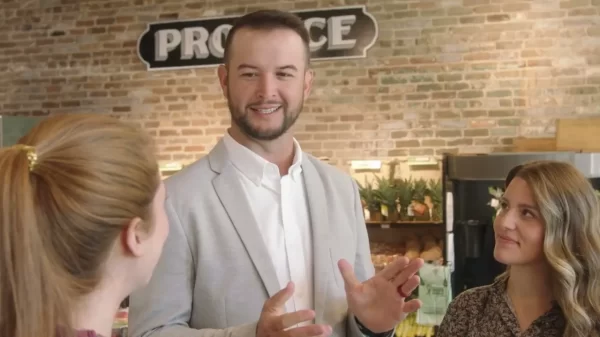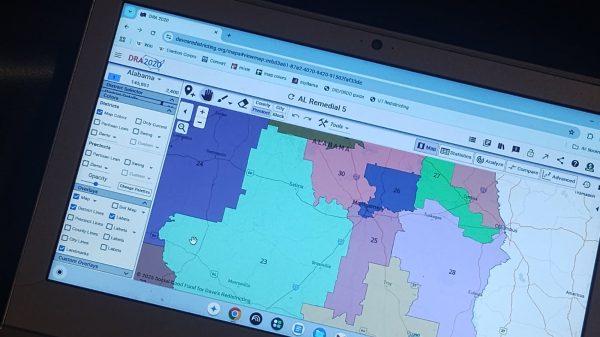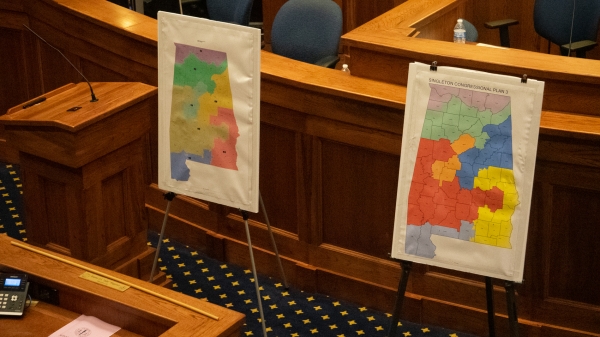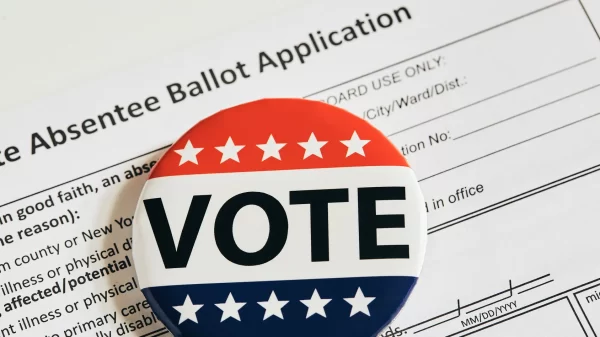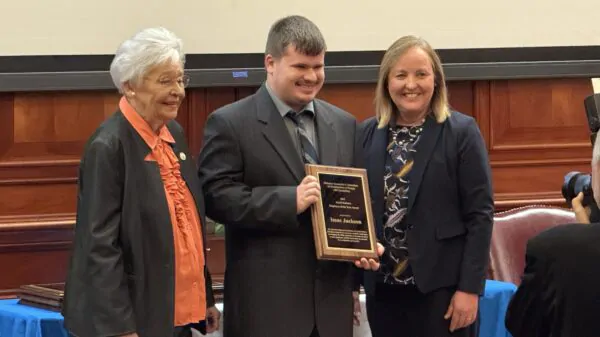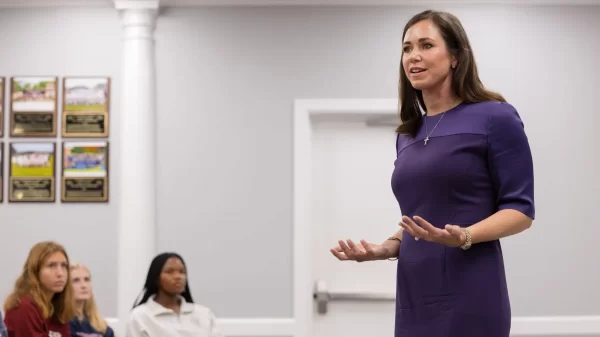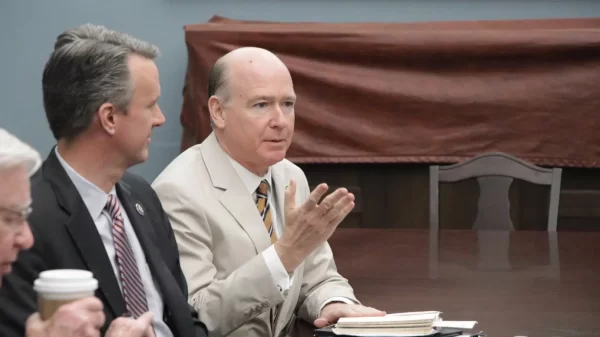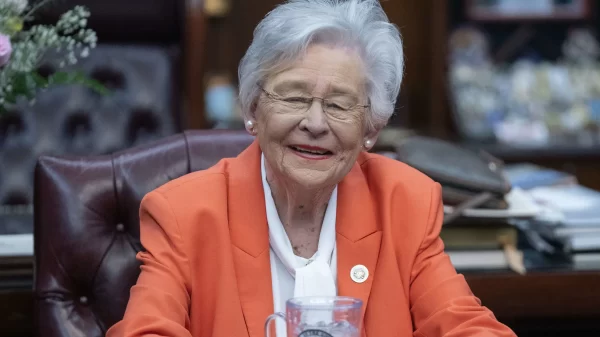Alabama Supreme Court Chief Justice-elect Sarah Stewart addressed the Alabama Commission on Reentry on Tuesday to discuss ways that the judicial branch could directly reduce recidivism as a part of Alabama’s pledge to reduce recidivism by 50 percent by 2030.
Stewart initially addressed what must be done in criminal sentencing when a criminal defendant is brought before a judge.
“Obviously, we’re trying to make sure there’s some consequences, that people are accountable for their actions to society, but what we’re really trying to do is keep them from offending again,” said Stewart.
Stewart also said that around two weeks ago, the recidivism rate at the Alabama Department of Corrections was around 35 to 36 percent. This would mean that 35 to 36 percent of individuals released from prison were convicted of another crime within three years.
Trial judges in Alabama have created a couple of different kinds of courts that range in severity of the offenses to address the needs of offenders before simply sending them back to prison.
“At kind of the beginning of that, we have a court referral officer system across the state. The CROs really handle what I think of as the low-hanging fruit, misdemeanors, DUIs and things like that,” said Stewart.
Statewide, there are more than 100 certified court referral officers, more than 40 monitoring specialists and more than 120 certified instructors. These instructors will teach courses that range in levels of severity from level 1 to 3 based on how an individual is evaluated by the court.
“The next step up, in both services and intensity and consequences, is our accountability court system, and that really is drug court, mental health court, veterans courts. We have a lot of other kinds of courts that operate across the state that really trial judges have created in response to their particular community needs,” said Stewart.
Accountability courts can provide criminal defendants with drug treatments and further drug testing. Many times when someone is going through drug treatments, they have a dual diagnosis of mental health treatments and services as well. Both of these work in conjunction to help offenders acclimate back into their communities successfully without being sent back to prison for treatable conditions.
Stewart also described how successful veterans courts are in their missions since the individuals who are going through that court are more accustomed to the discipline that’s required of them. Recidivism rates in this court hover around 9 percent.
Suppose an individual doesn’t complete the programs in accountability court or is not eligible for some reason. In that case, they are then moved into the community correction programs or the state’s probation program.
“Those kinds of referrals to both CCP and state probation are in lieu of prison. Ordinarily, we would be sending those people to prison but we’re going to basically give them one more shot to try to reenter society and not reoffend again,” said Stewart.
The piece of the puzzle that Stewart believes is missing is for individuals released and sent home without a second thought from the judicial branch. Something that Stewart said she would be interested in expanding was a job court program that took place in Selma.
“Essentially, you would have to go to this court weekly or bi-monthly, and the goal of that court was to get you a job. He would have people come in and assess people’s skill level, do they need to learn how to read, what can they do, what’s their manual dexterity, all of those kinds of things that you’re trying to do to find work for somebody,” said Stewart.
After an assessment, Wallace State Community College teachers would come in and train these individuals to enter the workforce. The job court also partnered with faith-based programs to transport individuals to and from jobs until they could acquire their mode of transportation.
Stewart also noted that many of these courts and programs can be a bit spotty across the state, but that one of her top three priorities would be to expand these kinds of programs to ultimately boost the workforce and reduce recidivism as a result of help from the commission.



